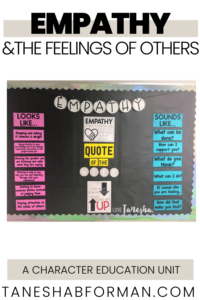
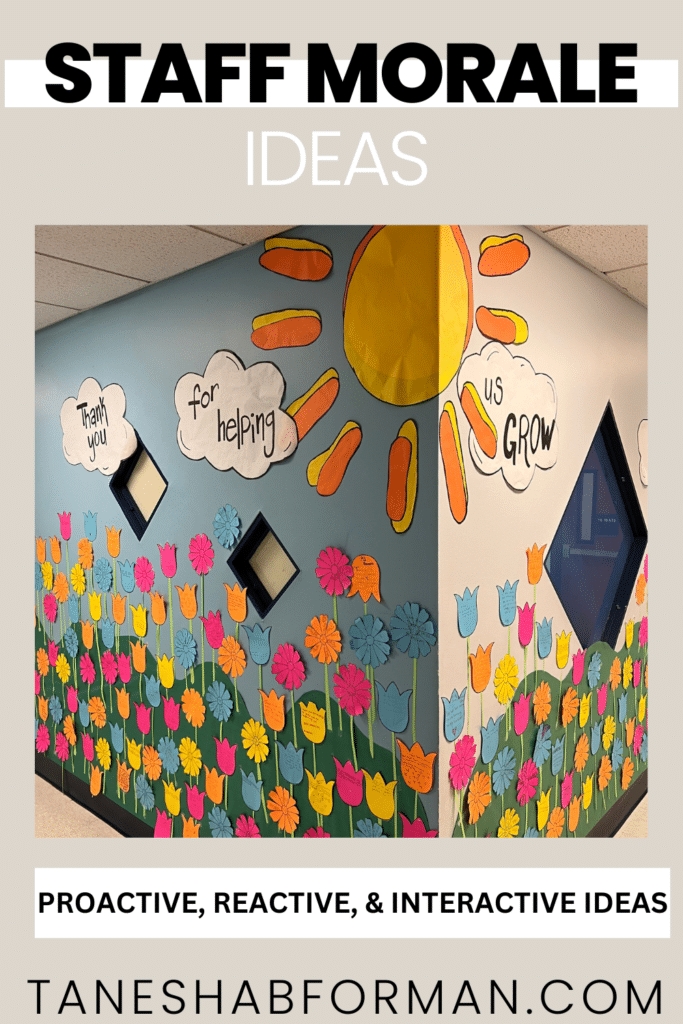
Teacher Morale: Proactive, Interactive, & Reactive Strategies
staff morale matters
A happy team lives the dream, right? Several studies cite the importance and correlation of a positive work culture on team efficiency and productivity. In education, staff morale is critical to teacher retention, student achievement, and the school’s health. As a school leader, having a strong pulse on team culture is vital to ensuring a school is positioned to reach goals, keep highly effective teachers, and work towards school sustainability and overall well-being. School leaders play a significant role in creating the conditions for staff to feel successive and thrive.
A key mindset to keeping a pulse on staff morale is “highly effective teachers are irreplaceable.” Being intentional about the treatment of teachers is vital. As an administrator, I believe there are three buckets for boosting staff morale. There are proactive, reactive, and interactive methods for raising and maintaining the morale of teachers.
proactive strategies
Proactive actions ensure that staff morale stays at the forefront of the leader’s agenda. These actions allow school leaders to anticipate when, where, and how to support staff. Leaders use the cadence of the year and other ritual events to get a pulse on team culture and develop time to respond.
Staff Calendar: Know the cadence of the year and plan accordingly. Certain times of the year lend themselves to different opportunities for getting a pulse on team culture or infusing strategies to impact the staff experience.
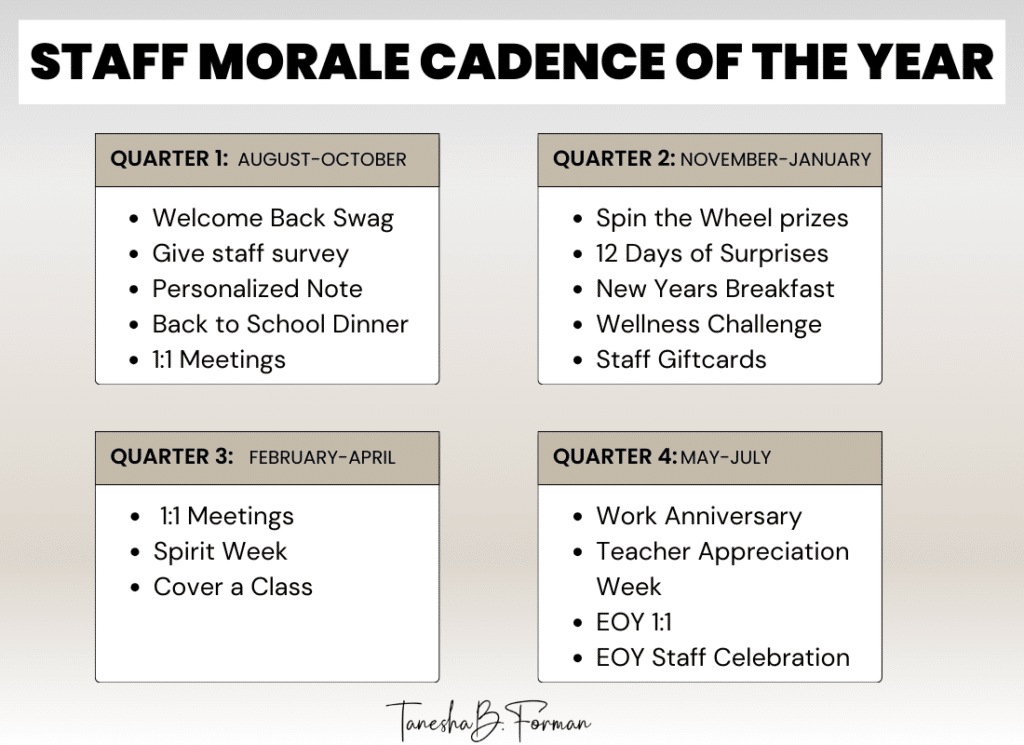
Team Surveys: Team surveys are one way to ignite conversations and delve into root causes for issues within the team because staff can put their feelings in words and improve the adult experience for all staff. Without proper consideration, surveys can exacerbate issues and be a dumping place for complaints, passive-aggressive comments, and toxic positivity.
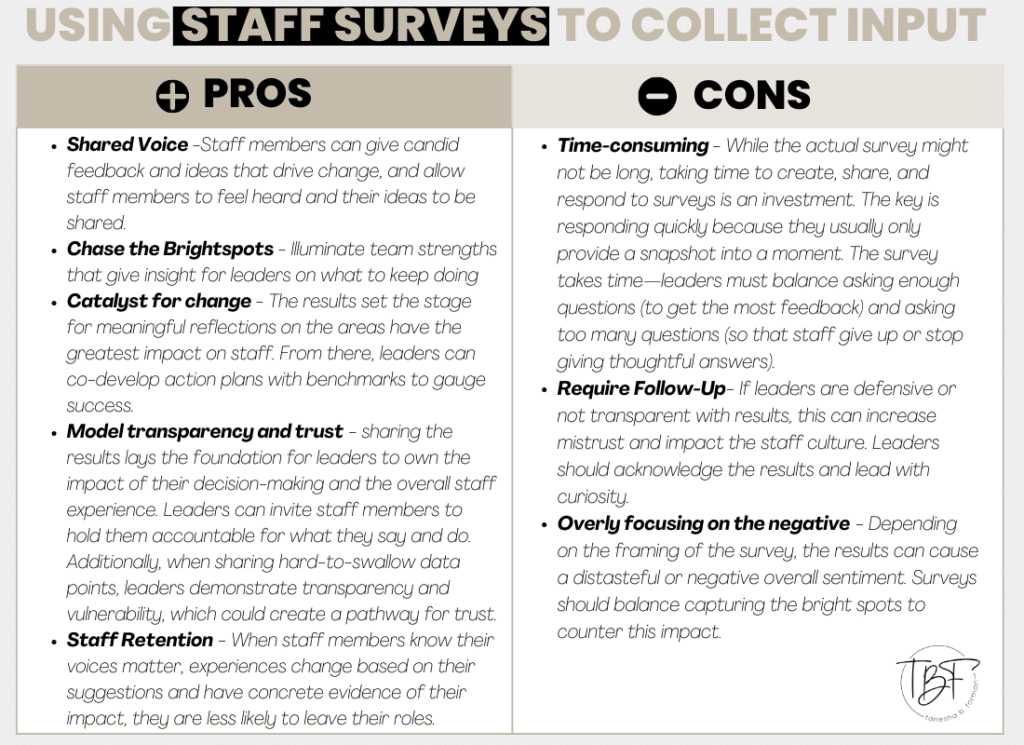
1:1 Meetings: Hosting 1:1 meetings gives school leaders opportunities to hear from the staff, get visibility into issues impacting the staff’s needs, and provide feedback to you on your team leadership. If leaders follow up on the feedback, 1:1s build trust and open the door for increased communication. Additionally, the information provided can be used to support the development of other team leaders (e.g. grade level leads, assistant principals). To make these more effective, principals should provide pre-thinking questions that align to the time of year. For these to work, leadership have to lean out of defensiveness, and deeply listen to what staff is sharing and why.
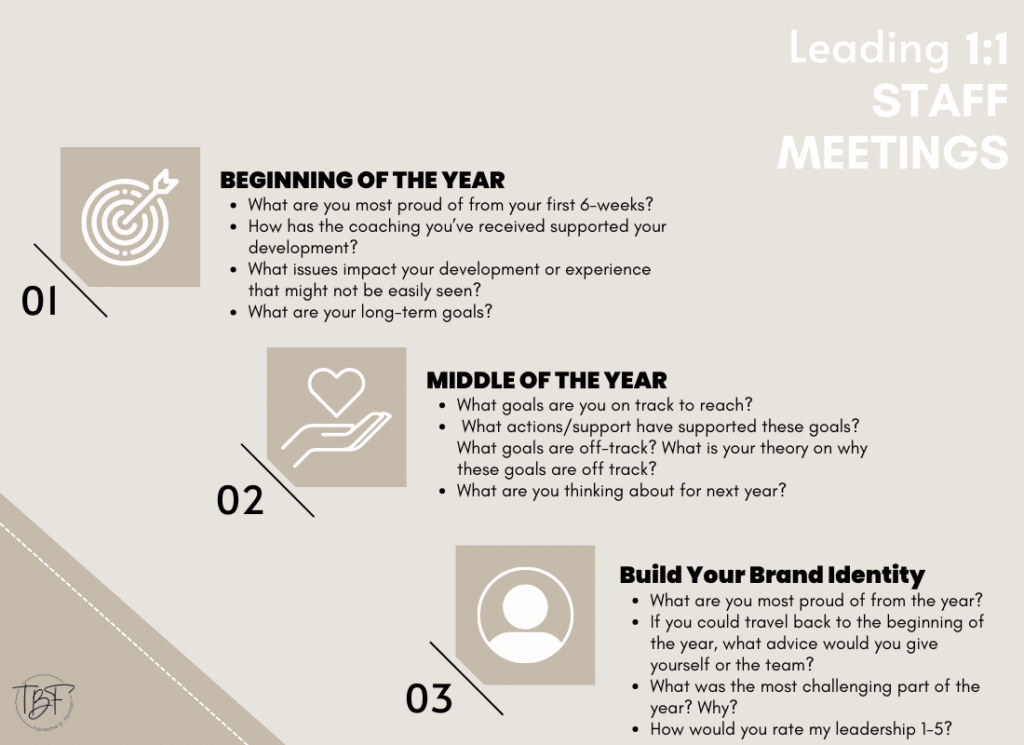
Birthday Board: A birthday board is a quick and easy way to recognize staff (and students). If you have a staff dress code, it might be a time to give staff a dress-down pass or do something small (e.g., cover a part of class/duty) to allow them to feel seen and valued.
Anniversaries: My school network recognizes different milestones (years of service) for staff. The celebration is designed to convey the importance of the staff member and be a reflection point for staff to see their growth, reconnect to the school, and remind them they are cared for. While principals don’t always get to do this, I am sure that monetary bonuses are at the top of the anniversary wish list.
Weekly Newsletter: This is one of my favorite ways to keep my team aligned and informed. Teachers and leaders are busy people, so there are some essential dos and don’ts to consider when sharing newsletters.
DO:
- Be consistent – staff should know what to expect and when to expect it. The format should be consistent for readability.
- Be concise – Get straight to the point with who the information is designed for, what is needed, and the deadline.
- Provide updates on key initiatives and priorities
- Shout out staff members and the work they doing
- Repeat information – Keeping the same announcements week over week might cause the team to skim over information or note see the value of reading the newsletter.
- Include action items due the week of – A personal lesson learned is to find the sweet spot between getting information out too far in advance and being last minute.
- Share confidential information about staff or students
Reactive Strategies
Leaders can do all the planning in the world to create the conditions for a safe and nurturing work environment, and there will still be thinkings that happen in the moment that require immediate attention. In support of staff morale, below are are a few ideas for keeping the water clear when dealing with issues that pop up.
Open Door Policy – Keeping the lines of communication open and allowing staff to share their opinions helps center the staff on being solutions-oriented and feeling heard. To do so, staff should know how to either book an appointment with you or when they can stop by. There are apps that can help with that. If you use Outlook, there’s a helpful, “Book With Me” feature that syncs with your calendar and holds time for staff. Additionally, the apps Calendly and Simply Book offer the same booking opportunities. Need something a little less techy? Try these signs that hang outside of your door.
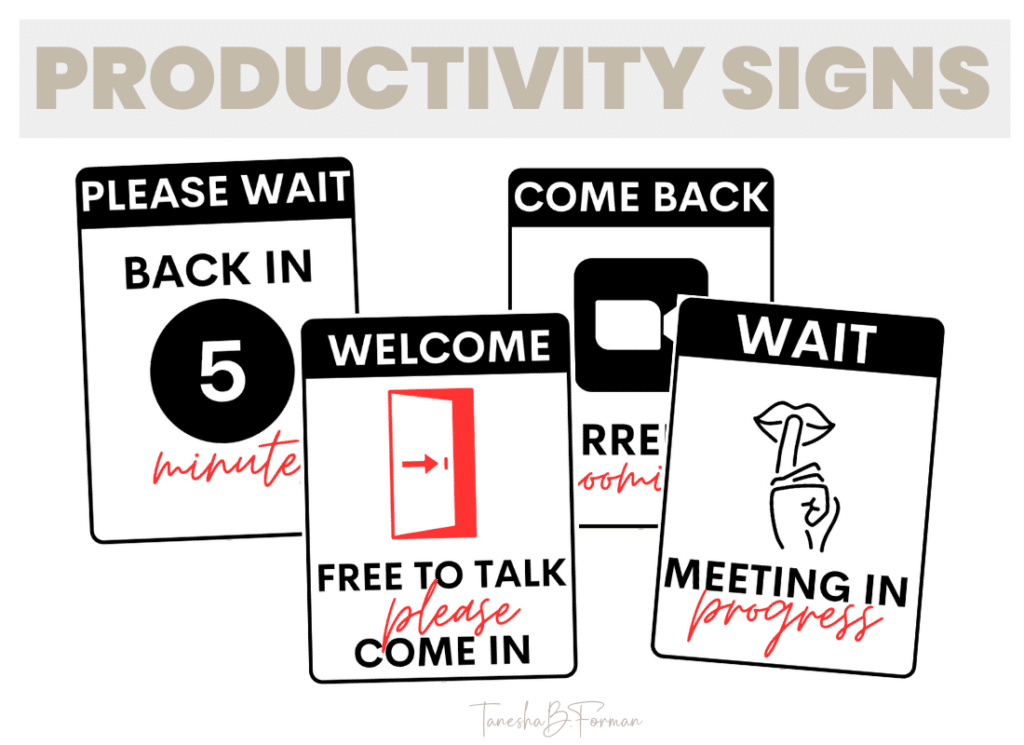
Follow-Up Conversations – Capturing (and using) input from staff about decisions so that improvements are made in the future also boosts staff morale. As a leader, “This is how we’ve always done it” without consensus and evidence of effectiveness can be detrimental to staff investment. My school has half days on Friday. Students are dismissed at 12:45, and dismissal usually ends around 1:15. I was scheduling our PD time for 1:30, which left teachers little to no time after dismissal to take care of their needs. A staff member brought this to my attention, and as a new leader, my initial response was, “We’ve also done it this way.” After pausing to consider the need, I realized how staff members showed up in sessions when we did it that way, and the energy and vibes were always low. I decided to push the start time back to give staff members time to recenter themselves and handle personal needs ahead of our afternoon full of PD and meetings. I shared this with the staff to thank them for the feedback and to let them know I listen and respond.
interactive strategies
There are also ways to work with staff members that might support their personal goals and allow them to take ownership of their experience. Interactive methods bridge the gap between staff expectations/interest and their roles and responsibilities.
Professional Development -Teachers want to grow and learn. There’s no shortage of memes and rants on social media about how teachers view the effectiveness of PD led by leaders. While not all PD is boring, one way to build investment is by inviting staff members to present or give input into the week’s focus. This is also a chance for the staff to share best practices and lead learning experiences. Teachers are best suited to share best practices and create a collaborative learning experience.
Shout out Walls – Shout out walls are another quick and easy way to gain insight into where staff shine and allow those efforts to be seen! Hang up the materials in a shared space, let staff know it’s there, and occasionally share messages.
There is no shortage of ways to support staff morale. As an evolving leader, I’m always trying to keep a pulse on how the staff is doing because they are the key drivers of outcomes in the school building and staff satisfaction is linked to teacher retention.
That you for reading! I’m interested in your thoughts on staff morale! Share in the comments.
Works Cited
Bosso, D. (2017, May). Teacher morale, motivation and professional identity: Insight for
educational policymakers from state teachers of the year (Teacher Researcher Policy
Series). National Network of State Teachers of the Year.
Buenvinida, L. P., & Tamayo, R. G. (2020). School heads leadership and attributes and
teachers’ morale: Its implication to school performance. Advances in Social Sciences
Research Journal, 76(6), 661-670.

PIN FOR LATER!
JOIN THE COLLECTIVE
Sign up and access the FREE resources to support your Anti-Bias/Anti-Racism journey.

Tanesha B. Forman
I'm a current middle school administrator who loves breaking down complex topics and providing opportunities for educators learn, reflect, practice, and implement methods that foster equity and anti-racism. I believe we win together!
Behind the Blog


Hi, I'm Tanesha.
I’m a current middle school administrator who loves breaking down complex topics and providing opportunities for educators learn, reflect, practice, and implement methods that foster equity and anti-racism. I believe we win together!










